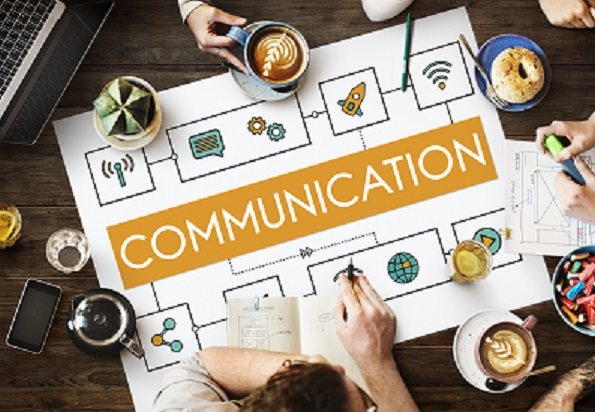By Malin Teles
Knowing how to deal with the media is essential knowledge for any organisation wishing to create or maintain a good relationship with the public. Despite that the level of influence that the media has on public opinion is disputed, it is an accepted fact that media has great influence on what communications professionals often refer to as agenda setting, that is, influencing what subjects the public talk about. To help you get started, we have gathered a few tips for you to keep in mind when initiating your media relations work:
- Learn how the media works – The first step to successful media relations is to understand how the media works. Different media types (newspapers, radio, Internet, TV etc) have different work flows and different needs. It is fundamental to learn how each and every one of them work to be able to provide them with relevant material on relevant times. Although they all have their particularities, they have one thing in common – the need for news value. Despite the fact that you might find a piece of information about your company interesting, doesn’t mean that this information has news value. Generally speaking, for something to become news, it has to have one, or better – several, of the following characteristics: unusual, close in space and time, involve a famous person or have significant social impact.
- Know your audience – Once you have got a better understanding of how the media works, it is time to also get to know the people, or groups of people, you want to reach. Who is your audience? What are they interested in? Where do they look for information? Knowing this, you know where to focus your media relations efforts.
- Do the work – Media relations is hard work. It requires persistence, patience and dedication. To get positive results, it is necessary to put work into producing relevant and good quality material for the journalists. However, it is not enough only having this material available, it needs to be spread to the right journalists in the right media. Here, it is important to dedicate time and effort to getting in touch with them and follow up on material that has been sent to them. Just keep in mind that this does not mean that you should nag them. If the journalist doesn’t get back to you or gets back with a negative response – respect that. Trying to hard to convince them only gets them annoyed.
- Be transparent – Many people have the idea that media relations and PR consist in hiding the truth or even straight out lying. This is not the case. In fact, any respectable communications professional will tell you that lying to a journalist is a bad idea. Apart from it being morally problematic, it also has big chances of backfiring and resulting in a public massacring in the media of yourself and the organisation you represent. Hence – stay transparent.
- Be flexible – When it comes to dealing with the media, one of the most important things to remember is to be flexible. Most news outlets work with very tight schedules and articles and other materials often suffer last minute changes. This means that if you want to increase the chances of information about your business appearing in the media, you need to adapt to the media and its needs. For example, it is very common for journalists to enter in contact wanting to record an interview with a spokesperson or receive material for a text with very short notice. Therefore, you need to always be prepared and to be willing to stop whatever you are doing to attend the journalist once the opportunity knocks. If not, you might miss your chance.
Following the advice above, you have a good start on building your media relations. However, it is a good idea to ask for help from experienced PR professionals. As mentioned above, media relations demand time and know-how, something that a communications agency will be able to provide.




